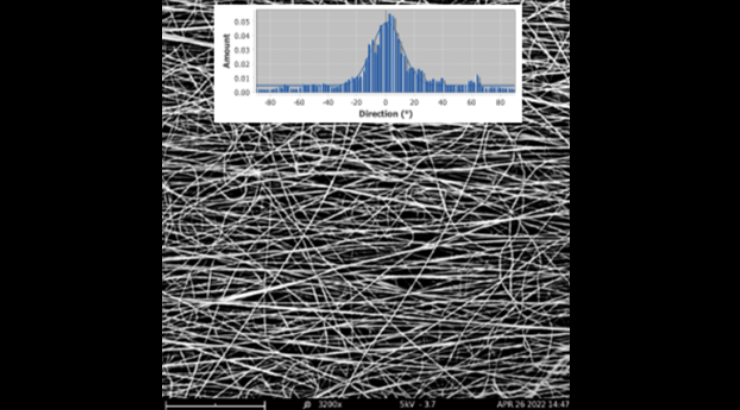Biopolymer-based Tissue Scaffolds and Apparatus and Method for Producing Same
ID# 2022-5443
Technology Summary
The invention represents a low temperature spinning process to produce fibrous scaffolds from edible ingredients that are generally-recognized-as-safe (GRAS). The invention’s water resilient scaffolds of smooth, continuous, aligned fibers comprised of commercially available biopolymers designed to degrade into safe biomolecules and having high surface area to volume ratios and tunable porosities are beneficial for cell proliferation, differentiation, and migration that results in a 3-D architecture. The inventors discovered a processing solution that balances the tradeoffs between water resistance required for cost effective, reproducible mass production and hydration that results in safe degradation after human consumption. Functional bio-signaling characteristics of the scaffolds are modified by the addition of specific proteins.
Application & Market Utility
Cultivated Meat (CM) may address the increasing global demand for meat in a world of decreasing arable land and expanding human populations. Most stem cells used in CM require a three-dimensional structural support called a scaffold to attach, proliferate, and grow. The scaffold ensures the efficient transport of oxygen, nutrients, and waste to create a edible product that mimics traditional meat. Currently, successful scaffolds such as alginate and chitosan aren’t biodegradable.
Next Steps
The Penn State researchers have reduced the invention to practice at a benchtop scale. Applications include meat cultivation for consumption and for biomedical applications like wound dressings.

